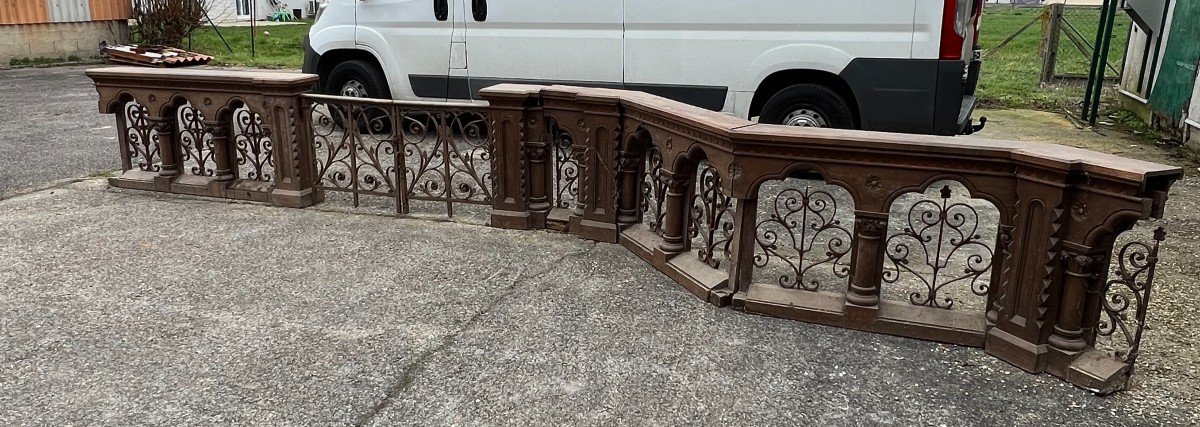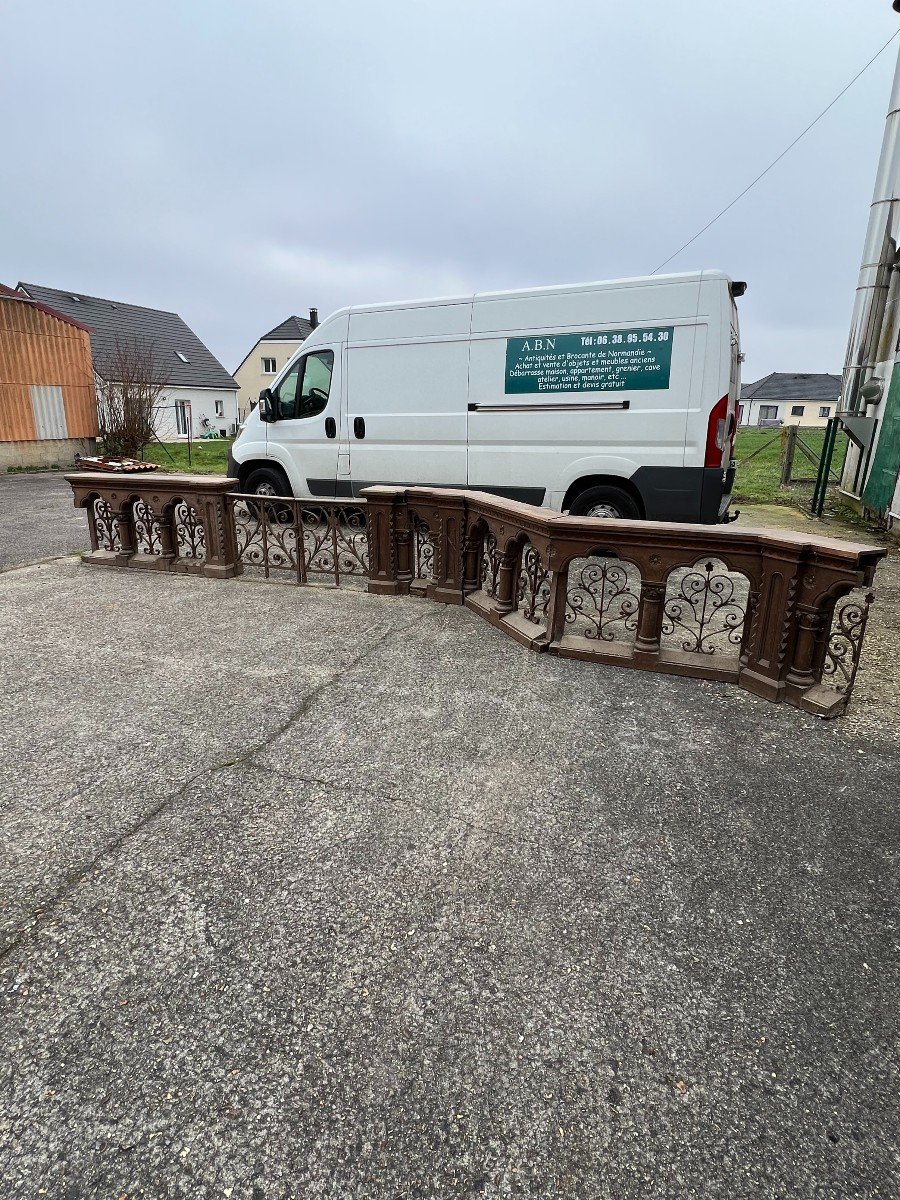"Rare ! Chancel, Church Communion Fence, XIXth In Wood (oak) And Wrought Iron"
Hello, I offer you this old church communion fence part, called "Chancel". It is made of wood and wrought iron, with its two-leaf barrier. I got it as is, in the state of the photos, from a Norman barn. In ecclesiastical architecture, the chancel (from the Latin cancelli, "lattice", "barrier", "balustrade"), is a low wooden, stone or metal enclosure which separates the nave of a Christian church, where are gathered together the faithful, from the liturgical choir reserved for the clergy. In early Christian and medieval churches, this fence is called "chancel", for the following periods, it is called "choir fence"1. Sometimes called a "choir fence", the latter can be distinguished from the chancel because it can be a high fence made of wood, stone or a wrought iron gate. By extension, "chancel" sometimes designates the entire space reserved for the clergy, or presbyterium Its origin dates back to Antiquity: in public places, the chancel or cancel was a barrier which separated orators or magistrates from the people, having in particular the function of preventing overflows from the public. It should be noted that in the Middle Ages, the term "cancel" could also designate a delimited and closed district where the Jewish population was assigned to residence. This was the case for that of Geneva from 1428 to 1490. Religious buildings retain this barrier, the etymology of the term sacred clearly shows the notion of delimitation. The primitive Christian Church is built on the model of the civil basilicas built from the 4th century onwards by the Roman emperors. In these civil basilicas, the chancel isolates the judge from the public while in the first Christian basilicas, it is only a simple altar enclosure which isolates the Blessed Sacrament from the laity who could be irreverent by wanting to touch it. This separation is reinforced by canon law which stipulates that the construction and maintenance of the chancel are the responsibility of the rector, while those of the nave are the responsibility of the parish. From the 6th century, certain Eastern Christian basilicas such as Hagia Sophia began to surround their altars with templons. The basilicas in Western Europe have their choir located to the west and the chancel is attested there from the 8th century: the enclosure then delimits an increasingly large space in front of the altar, space called "presbyterium" (in particular the choir in which can be placed the stalls of the cantors and the officiants) This enclosure, a sort of low parapet (generally one meter in height), forms in early Christian art and sometimes later, a rectangular enclosure. Its walls are made of stone (marble balustrades for the most luxurious), wood or metal (often wrought iron gate). These walls are low, sometimes pierced by several gates (closed by metal leaves or by chains), embedded between pillars and surmounted by curtains suspended from a beam of glory. According to regional traditions, it may have as furniture two ambons or two raised pulpits which face each other and are accessible from inside the chancel: they are reserved for the proclamation of the epistle (Epistle side on the right) and the gospel (Gospel side on the left), preaching. When at breast height, the top of the fence can serve as a communion bench. The chancel is often made up of large solid or openwork plates with mainly geometric decoration (figurative representations are rare). At first simply decorated, these plates become richly carved or covered with mosaics and marquetry. It can also be surmounted by an arch called triumphal arch This set is visible in my warehouse near Rouen Possibility of sending (ask for a carrier quote) See you soon 



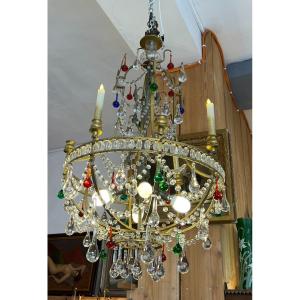
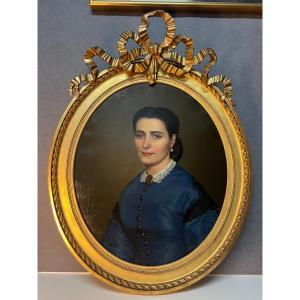
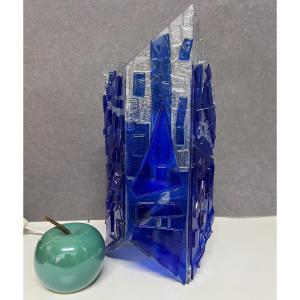


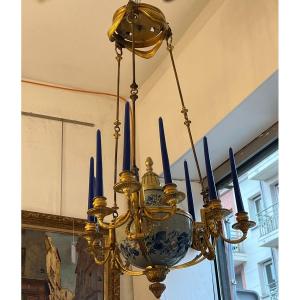


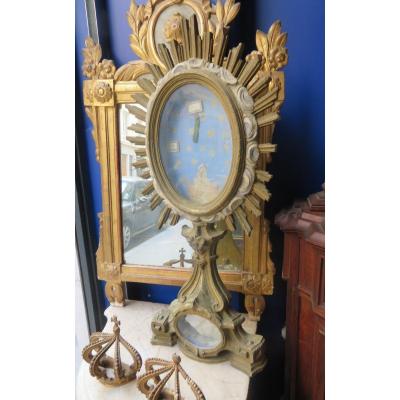
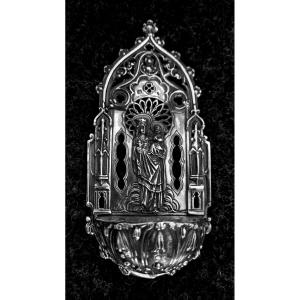

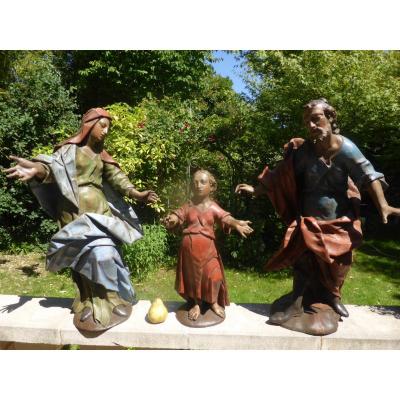




 Le Magazine
Le Magazine Rivista Artiquariato
Rivista Artiquariato TRÉSORS magazine
TRÉSORS magazine
